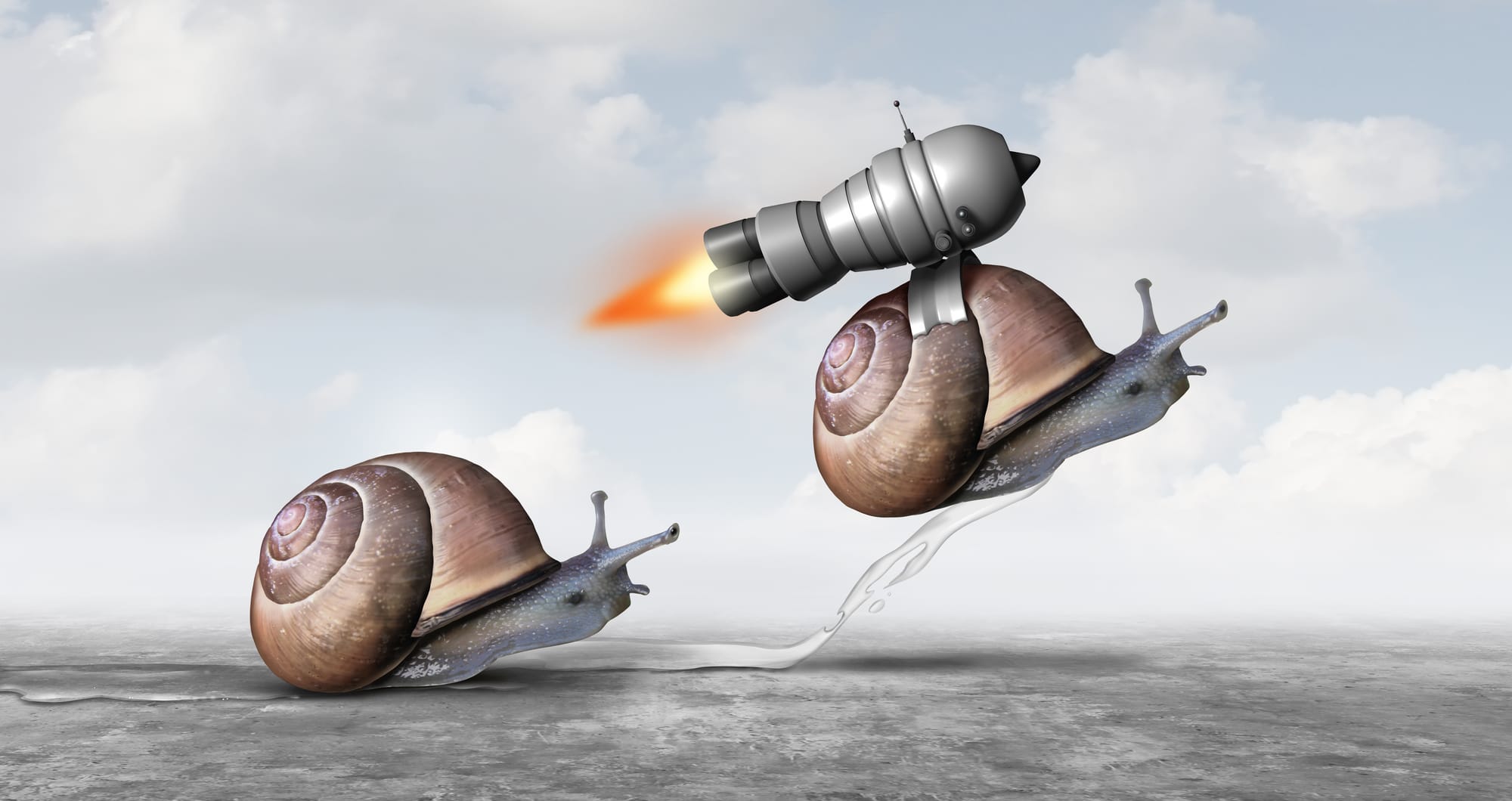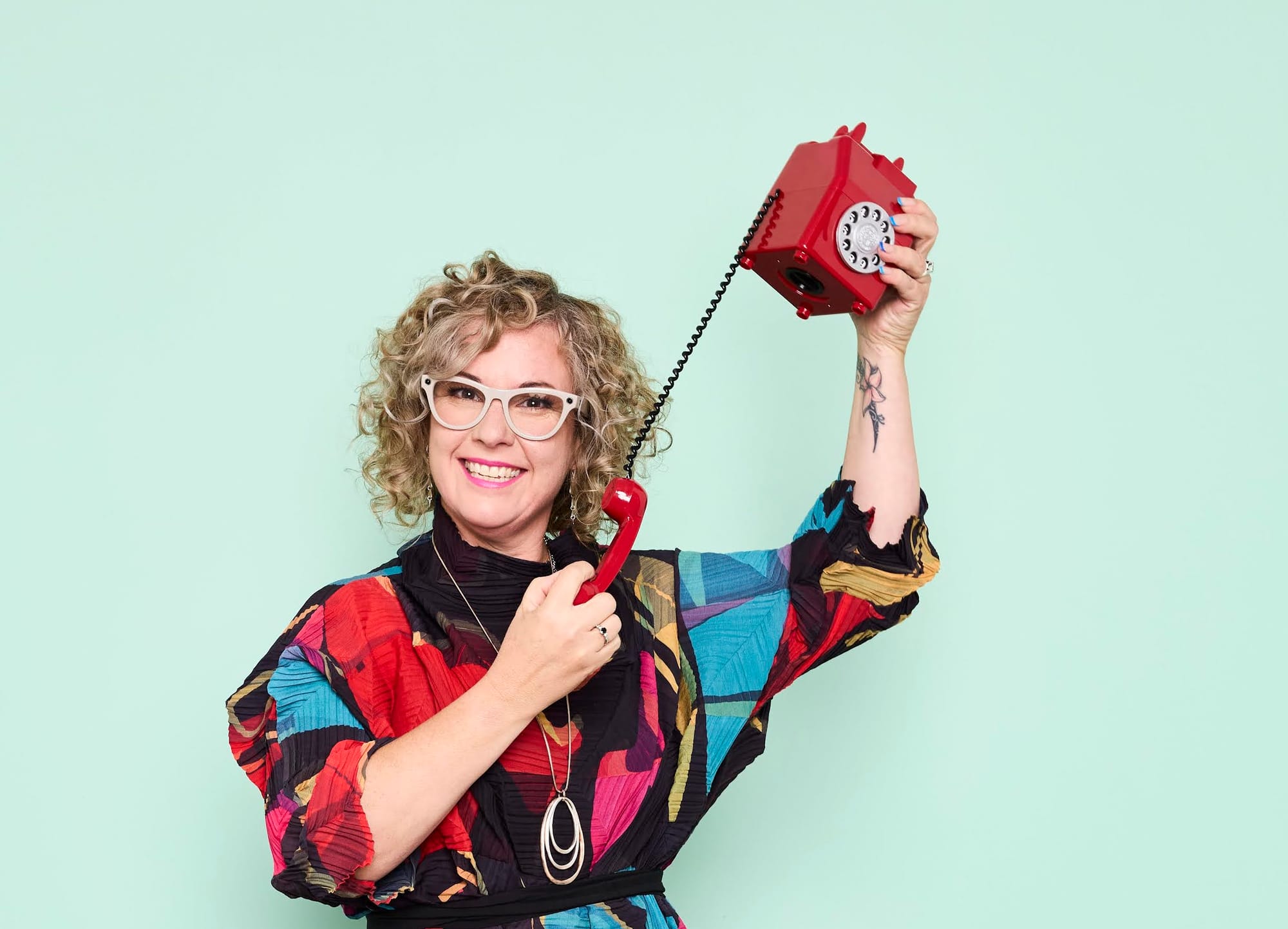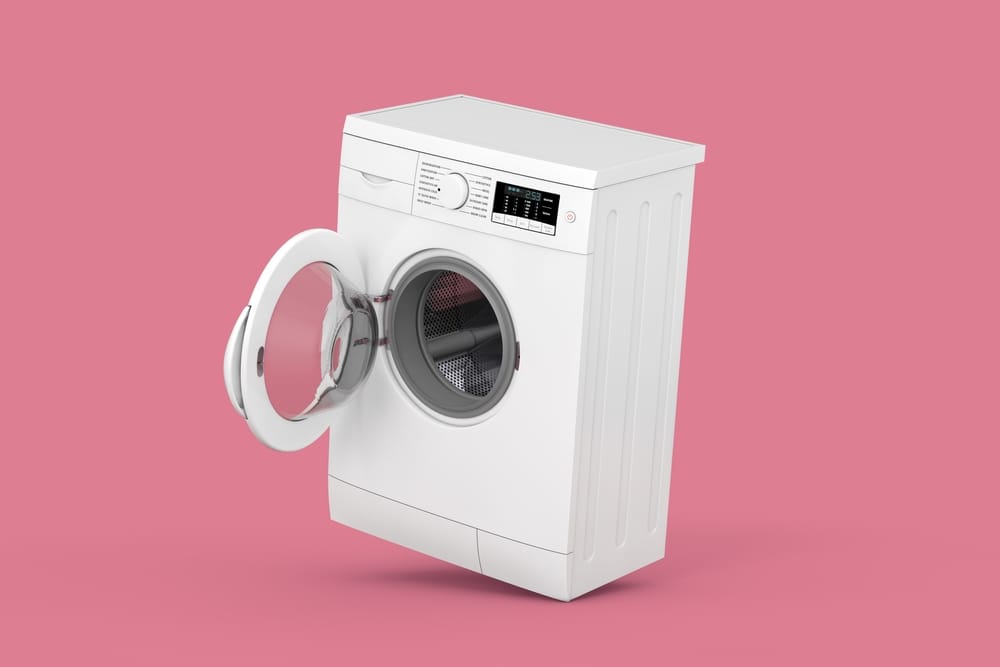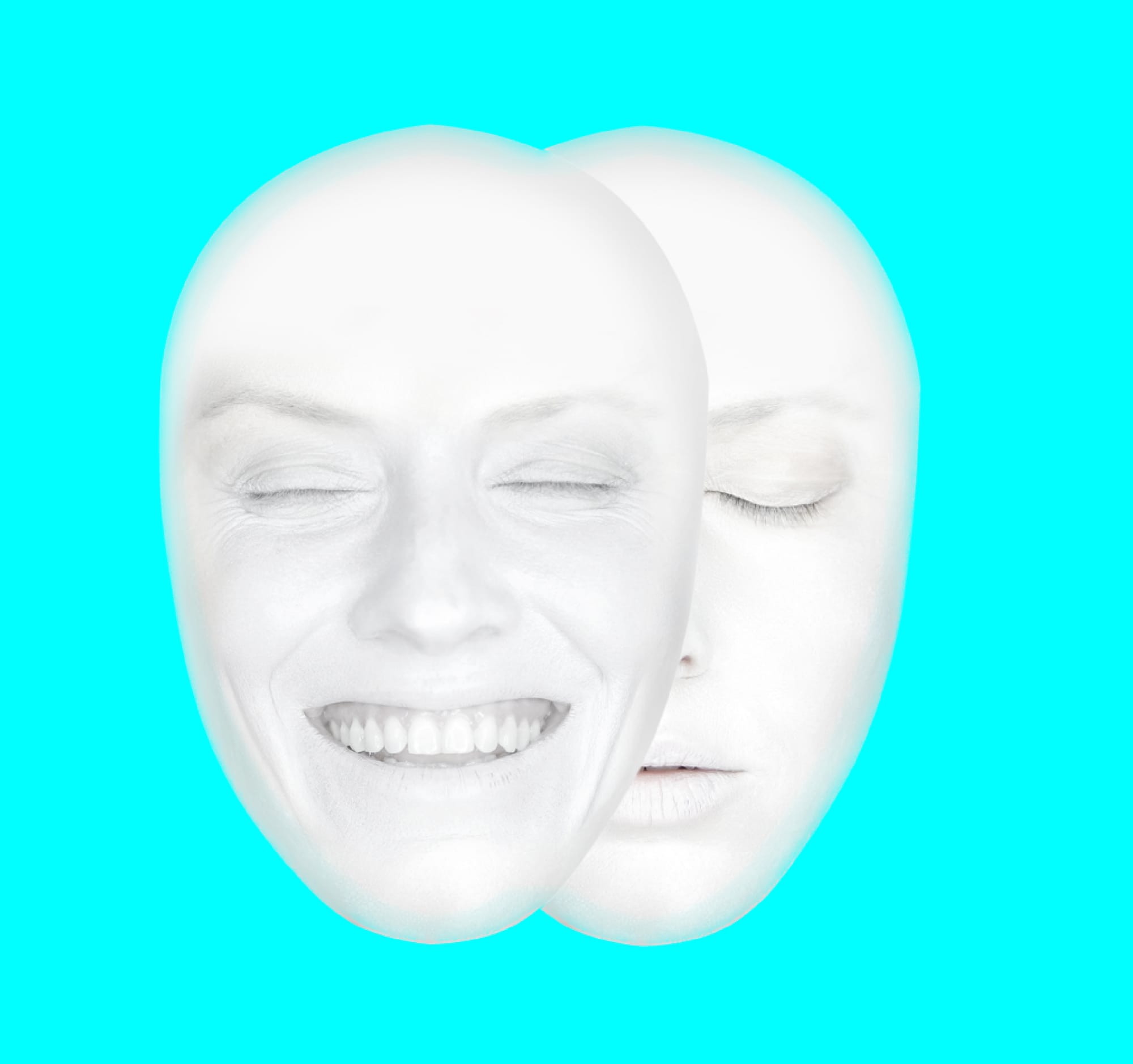
Game changer
Just don't call it charity!
Corporate philanthropy can change the system
If you ask most people in Aotearoa what philanthropy looks like, they'll mention Lotto grants, community trusts, or maybe the family foundations with legacy names. What they don’t often consider—and what we desperately need to talk about—is corporate philanthropy. Not sponsorship. Not branding. Not trophies and conferences. I mean genuine, independent, community-focused giving that leverages the power of business for long-term social impact.
Best practice
The difference we make
Too often, people lump all funders together: “just give us the money.” But the models are different, and they matter. Government-aligned funding is bound to the policies of the day. Community trusts carry regional mandates and public expectations. Family foundations follow the vision of their founders.
Corporate foundations? Done right, they offer something different: flexibility, innovation, and the ability to take risks where others can’t.
Joined up giving
But here's the catch: we can't do it alone. And we’re not sitting on unlimited cash. The biggest myth about corporate philanthropy is that we’re all rolling in millions. The truth? The company might be. But most corporate foundations—ours included—work within tight, ring-fenced budgets. That’s why we need collaboration. The smartest giving in 2025 is collective giving. Five funders aligned on a shared purpose can do far more than one funder acting solo.
Check your flax roots
Smart giving is also anchored giving. If you’re a corporate thinking about setting up a foundation, don’t wait to define your relationship with Te Tiriti o Waitangi. That work isn’t optional—it’s your accountability. It’s what separates authentic partnership from photo-op philanthropy. In every community we work with, the same test gets applied: “Are you here for us? Or are you here for a photo with some poor brown kids?” If you can't answer that with clarity, you’re not ready.
That’s especially true when it comes to mental health and addiction.
We don't run frontline services, but we work closely with those who do—like Ember and many others. We hear directly from them, and through them, we hear from young people. That’s how we understand need. That’s how we spot patterns. And what we’re hearing more and more is a demand for something funders often refuse to touch: operational costs.
Walk alongside the mahi
Everyone wants to fund the programme. No one wants to fund the person. But if no one funds the person, the programme can’t run. That’s why we back the longer conversation. That’s why we support wages, admin, and the stuff that’s “not sexy” but completely essential. We’re not here to drop in for 12 months and demand a tidy outcome report. We’re here to walk alongside the mahi.
Brighter than ever
I believe the future is brighter than it’s ever been. But whether it shines depends on us—on the filters we place over the light. Too often, those filters come from our own conditioning: “We tried that once.” “It’s too risky.” “It doesn’t fit our model.” And every time we let that thinking take over, we dim the potential of what could be.
Kia Pono, kia tika
If we want to fuel hope, we have to make it tangible. That’s especially true for rangatahi. You can’t ask someone to dream of being a lawyer when no one in their home has a job. You can’t expect vision without visibility. That’s why we fund experiences—city to region, region to city, and sometimes international. These aren’t just trips. They’re catalytic moments. They fill the tank. They make it possible for a young person to imagine a life they haven’t seen before.
The future is bright. We just need to stop dimming the light.


